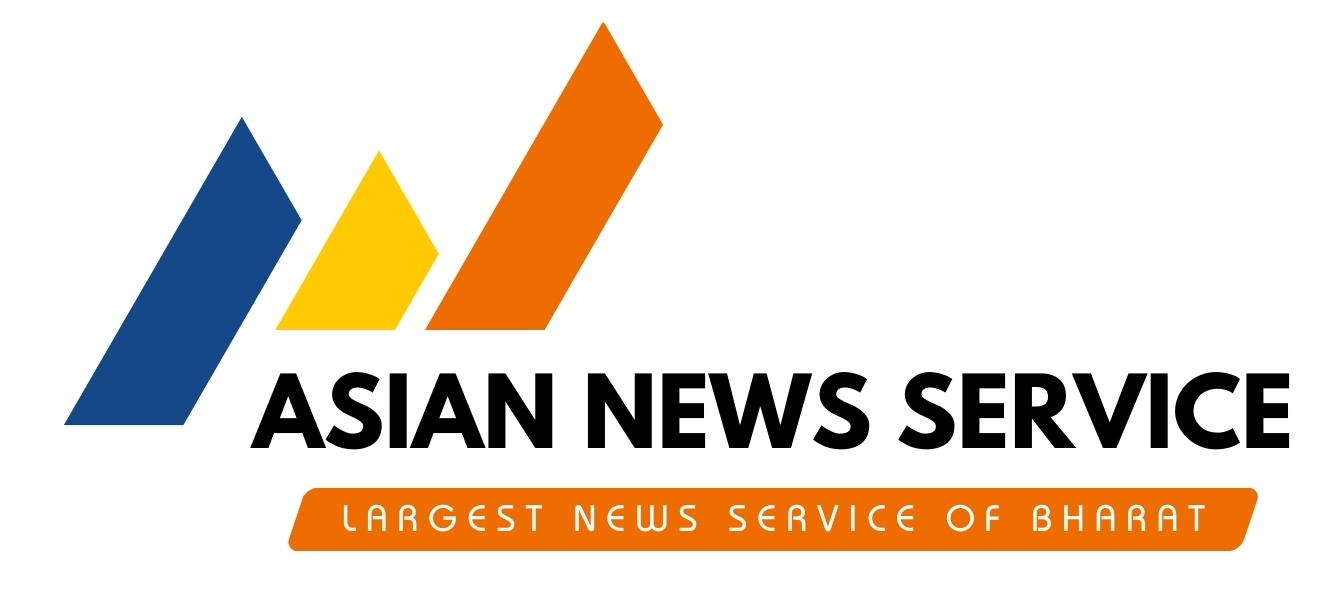Rationalization of Teachers and Schools in Chhattisgarh

Yellow and Black Modern Streaming Platform Logo - 5
Raipur, May 17
Chhattisgarh government has initiated the rationalization of teachers with the aim of making the state’s school education system more robust, balanced, and quality-oriented. This decision has been taken in line with the guidelines of the National Education Policy 2020 and the Right to Education Act 2009, to ensure the maximum and equitable utilization of teacher resources.
Currently, 30,700 government primary schools are operating in the state, with a student-teacher ratio of 21.84. In 13,149 upper primary schools, this ratio is 26.2, which is better than the national average. Despite this, many schools are facing a shortage of teacher resources. Presently, 212 primary schools in the state are completely teacher-less, while 6,872 primary schools have only one teacher. Similarly, 48 upper primary schools are teacher-less, and 255 schools fall into the single-teacher category.
As per the Right to Education Act 2009, primary schools with up to 60 students should have 2 assistant teachers, and one additional assistant teacher for every 30 additional students. In upper primary schools, there should be 3 teachers and 1 headteacher for up to 105 students, and one additional teacher for every 35 students. In Chhattisgarh, headteacher posts were sanctioned in many primary schools even before the Act came into force, so these posts have also been included in the teacher count. Headteacher posts are not sanctioned in schools started after 2008.
Currently, a total of 77,845 assistant teachers are working in primary schools, while 55,692 teachers are working in upper primary schools. If 2 additional teachers are appointed in teacher-less primary schools and 1 additional teacher in single-teacher schools, a total of 7,296 assistant teachers would be required, whereas only 3,608 surplus assistant teachers are available. Similarly, at the upper primary level, 4 additional teachers are needed in teacher-less schools, 3 in single-teacher schools, 2 in two-teacher schools, and 1 in three-teacher schools. According to this standard, a total of 5,536 teachers are required, whereas only 1,762 teachers are surplus.
This clearly indicates that despite having a sufficient number of teachers in the state, their distribution is uneven. While some schools have no teachers, others have more teachers than required. For example, there are approximately 1,500 primary schools where 5 or more teachers are working. Similarly, 3,465 upper primary schools have 5 teachers, and 1,700 upper primary schools have more than 5 teachers. This imbalance hinders the quality of education, which can be improved through rationalization. In higher secondary and high schools, teachers are appointed as per the subject-wise setup, due to which the number of surplus teachers there is relatively negligible.
Regarding the rationalization process, it has been clarified that this is not a process of closing any school. In line with the cluster school concept proposed in the National Education Policy 2020, primary, upper primary, and higher secondary schools operating in the same campus are being rationalized. This process will involve only administrative coordination, not the termination of any school or post. For example, if a campus has schools at all three levels, the primary and upper primary schools will be merged into the higher school campus, so that better infrastructure and educational resources can be provided in the future.
Benefits of Rationalization:
* Deployment of surplus teachers in teacher-less and single-teacher schools will be possible.
* Availability of additional teachers will increase.
* Establishment expenditure will decrease.
* Continuity of education in the same campus will reduce student dropout.
* Approximately 89% of children will not need to take admission at three different levels.
* Student retention rate will increase.
* Providing strong infrastructure will be easier.
This effort of the Chhattisgarh government is a farsighted and practical step towards ensuring better and equitable distribution of teacher resources. This will not only improve the functioning of schools but also ensure easy access to quality education for students.
